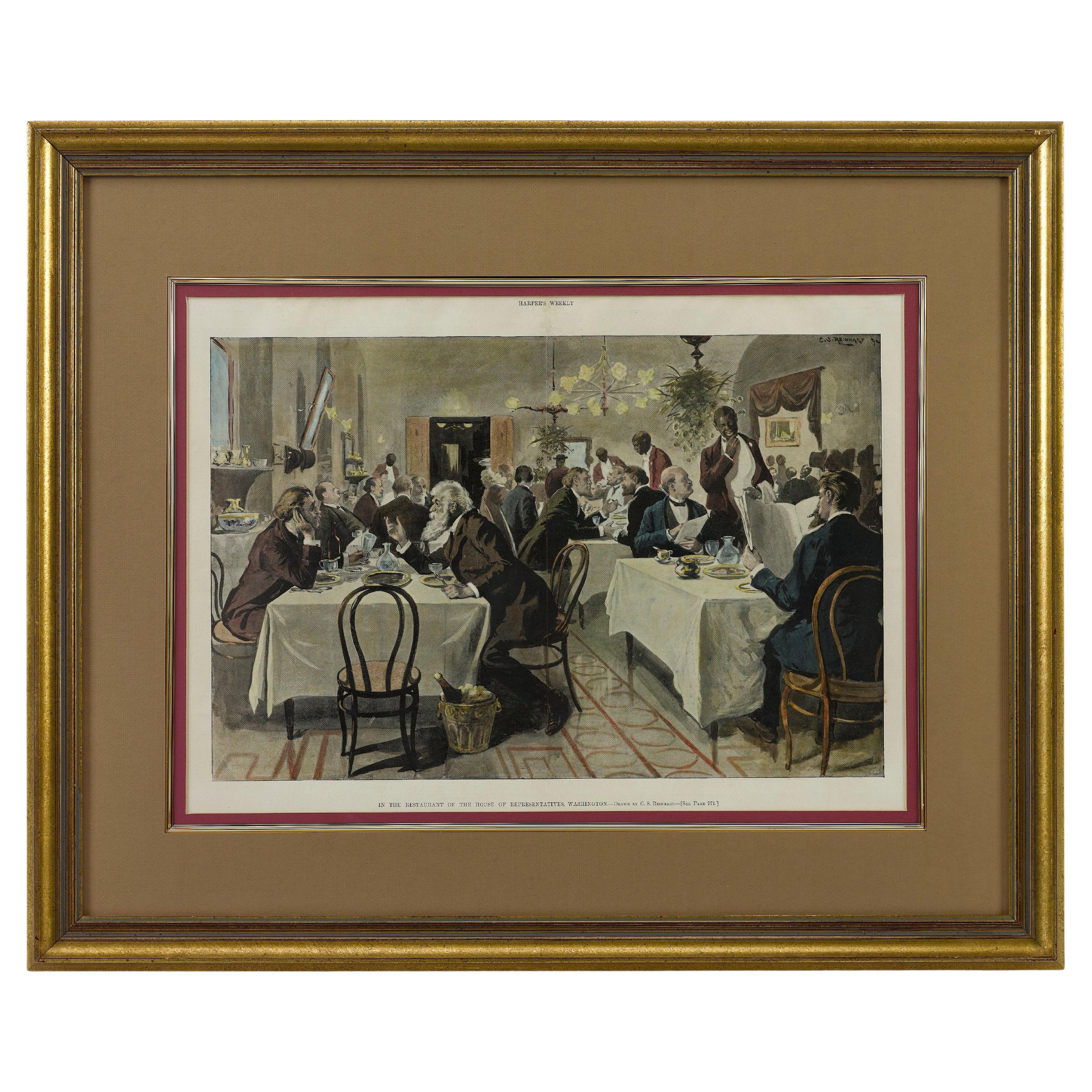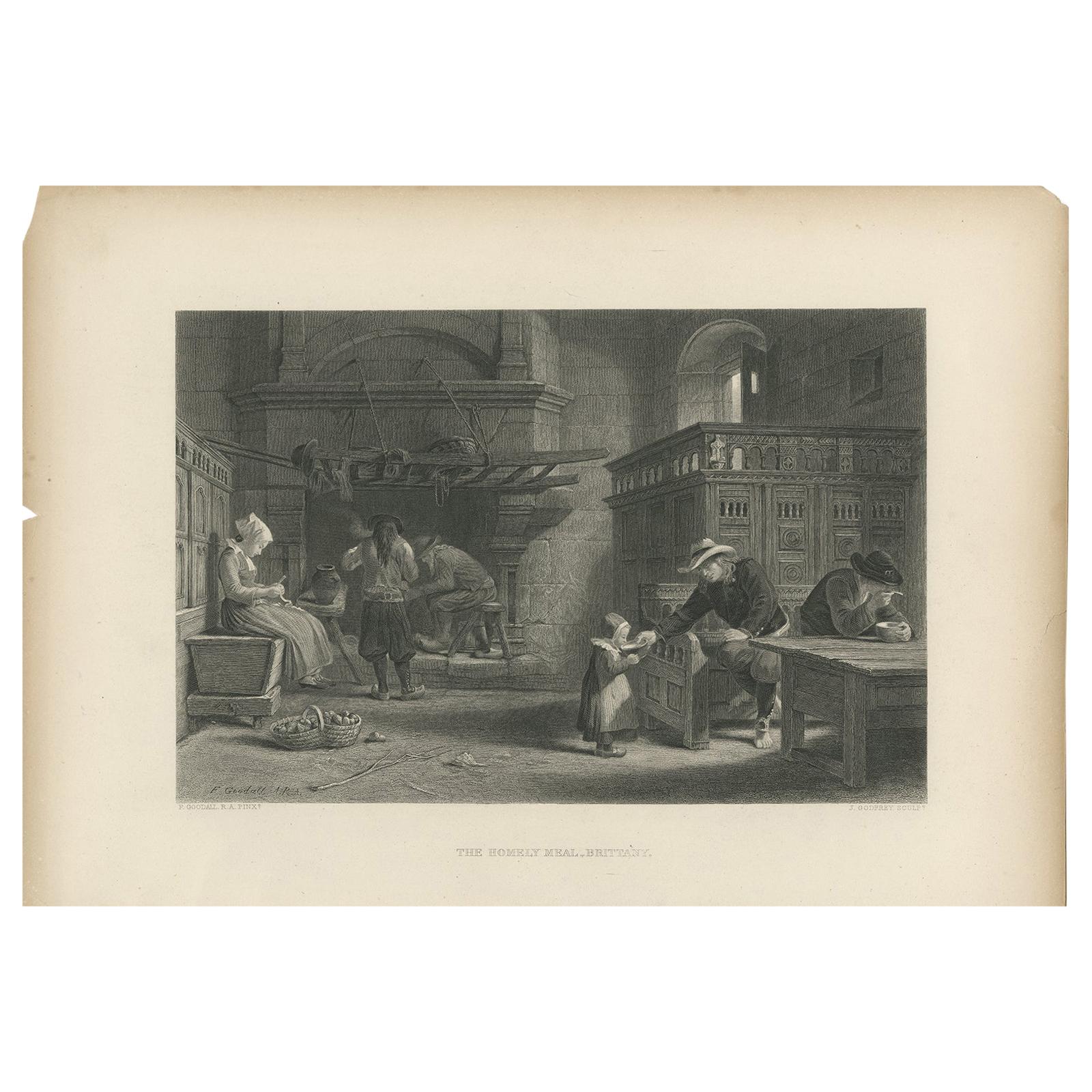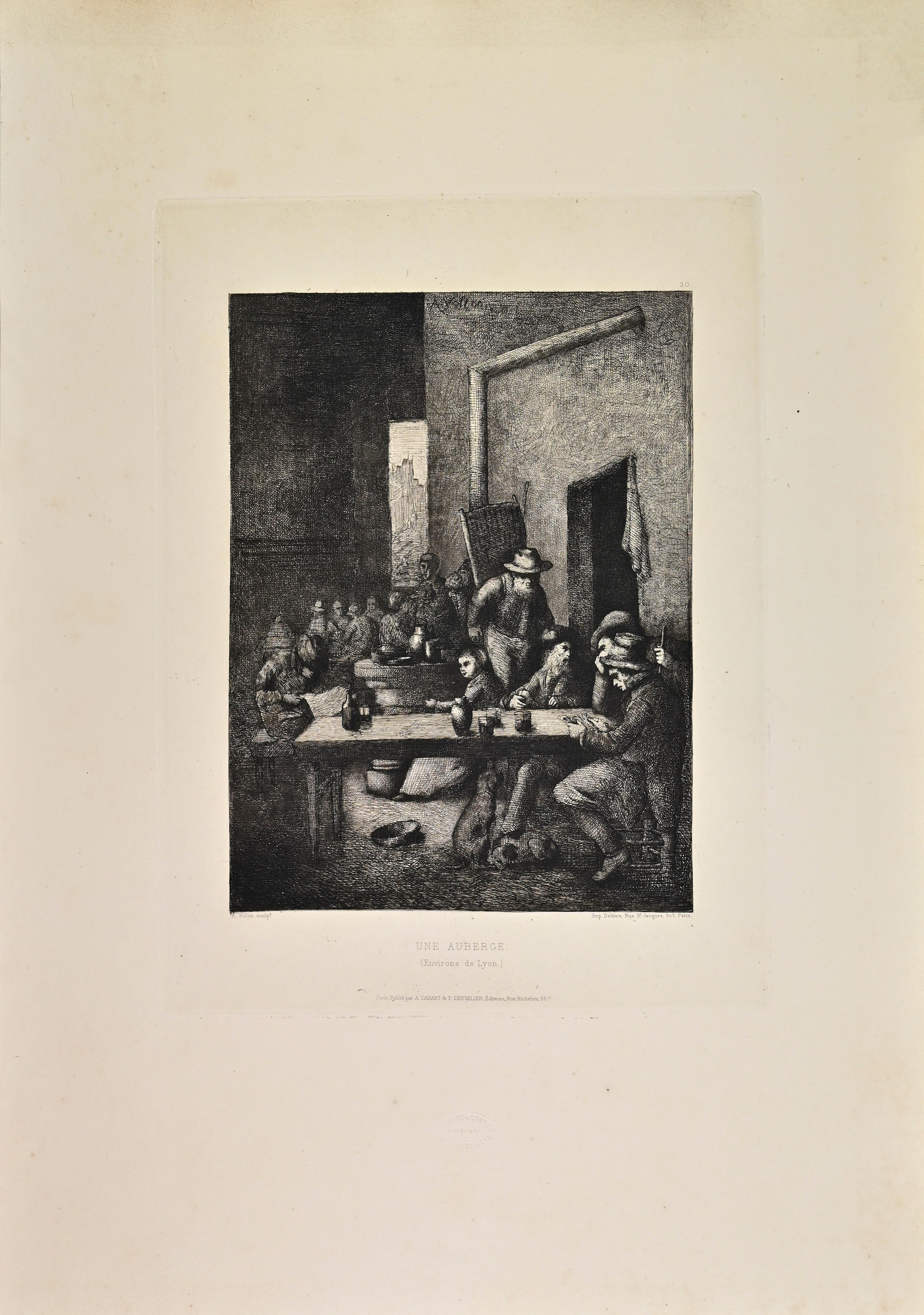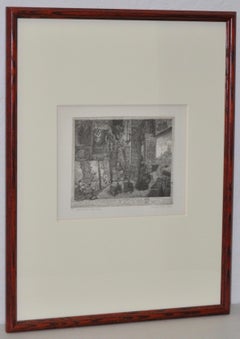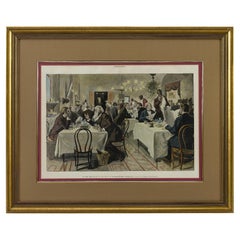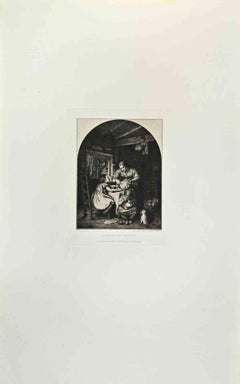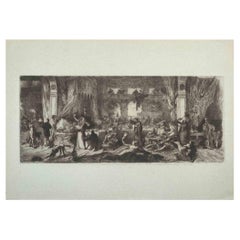Items Similar to G. Paterson "Dinner Party at a Mandarin's House" Engraving After T. Allom c.1840
Want more images or videos?
Request additional images or videos from the seller
1 of 14
UnknownG. Paterson "Dinner Party at a Mandarin's House" Engraving After T. Allom c.1840Circa 1840
Circa 1840
$250
£185.51
€216.09
CA$348
A$387.53
CHF 201.69
MX$4,778.22
NOK 2,568.66
SEK 2,414.29
DKK 1,612.32
Shipping
Retrieving quote...The 1stDibs Promise:
Authenticity Guarantee,
Money-Back Guarantee,
24-Hour Cancellation
About the Item
G. Paterson "Dinner Party at a Mandarin's House" Original Engraving After T. Allom C.1840
Original engraving
Dimensions 8" wide x 5" high
The frame measures 20.5" wide x 18.5" high
Good antique condition - Lightly distressed gilded vintage frame
- Creation Year:Circa 1840
- Dimensions:Height: 18 in (45.72 cm)Width: 20.5 in (52.07 cm)Depth: 0.5 in (1.27 cm)
- Medium:
- Movement & Style:
- Period:
- Condition:Lightly distressed vintage frame.
- Gallery Location:San Francisco, CA
- Reference Number:1stDibs: LU137827231012
About the Seller
4.9
Vetted Professional Seller
Every seller passes strict standards for authenticity and reliability
1stDibs seller since 2020
524 sales on 1stDibs
Typical response time: 6 hours
- ShippingRetrieving quote...Shipping from: San Francisco, CA
- Return Policy
Authenticity Guarantee
In the unlikely event there’s an issue with an item’s authenticity, contact us within 1 year for a full refund. DetailsMoney-Back Guarantee
If your item is not as described, is damaged in transit, or does not arrive, contact us within 7 days for a full refund. Details24-Hour Cancellation
You have a 24-hour grace period in which to reconsider your purchase, with no questions asked.Vetted Professional Sellers
Our world-class sellers must adhere to strict standards for service and quality, maintaining the integrity of our listings.Price-Match Guarantee
If you find that a seller listed the same item for a lower price elsewhere, we’ll match it.Trusted Global Delivery
Our best-in-class carrier network provides specialized shipping options worldwide, including custom delivery.More From This Seller
View AllJohn Winkler "The Constitutional Convention" Original Signed Etching c.1932
Located in San Francisco, CA
John Winkler "The Constitutional Convention" Original Signed Etching c.1932
Plate dimensions 13.75" wide x 9.5" high
Paper dimensions 19.75" wide x 14....
Category
Early 20th Century Interior Prints
Materials
Etching
Manfred Sillner "The Treasury of Regensburg" Etching c.1975
By Manfred Sillner
Located in San Francisco, CA
Surreal etching by noted German artist Manfred Sillner b.1937
This is a rare etching from 1975. Pencil signed and titled by the artist.
Titled "Treas...
Category
Mid-20th Century Surrealist Still-life Prints
Materials
Etching
19th Century Etching "Master of Flutes" Etching After Robert Boissard
By Robert Boissard
Located in San Francisco, CA
19th Century Etching "Master of Flutes" Etching After Robert Boissard
Framed etching with neoclassical elements
After Robert Boissard (1570-160...
Category
Mid-19th Century Figurative Prints
Materials
Etching
18th to 19th Century "Art Presentation" Old Master Drawing
Located in San Francisco, CA
18th to 19th Century "Art Presentation" Old Master Drawing
Remarkable old master pen, ink and wash drawing of an art presentation
Dimensions 14" wide x 8.5" high
The lightly distr...
Category
Early 19th Century Figurative Drawings and Watercolors
Materials
Ink, Watercolor
Carlo Lasinio "Ermina and the Wounded Tancredi" Original Etching C.1820
Located in San Francisco, CA
Carlo Lasinio "Ermina and the Wounded Tancredi" Original Etching C.1820
Remarkable early 19th century etching
Plate dimensions 14.75" wide 11.25" high
The frame measures 24.75" wi...
Category
Early 20th Century Figurative Prints
Materials
Etching
Sir Francis Seymour Haden (1818-1910. British) "Old Chelsea Church" Etching
By Sir Francis Seymour Haden, R.A.
Located in San Francisco, CA
Sir Francis Seymour Haden (1818-1910. British)
"Old Chelsea Church"
Etching
1865
4 3/8" x 7 3/4" unframed
12.75" x 15.75" framed
Category
1860s Landscape Drawings and Watercolors
Materials
Etching
You May Also Like
“The Restaurant of the House of Representatives” Engraving by Harper's Weekly
Located in Colorado Springs, CO
This original wood engraving is titled “The Restaurant of the House of Representatives, Washington, DC.” It was published as a double-page image, in the August 12, 1893 issue of the famous 19th century newspaper Harper’s Weekly. The print was illustrated by Charles Stanley Reinhardt.
The House Restaurant, a unique part of life in the Capitol, has been in the same location since the 1857 Capitol Expansion. Congressional members’ busy work schedule made the availability of food on site a necessity. But the restaurant also served as an informal meeting spot for members to continue conversations and deal making.
This 1893 print illustrates the convivial atmosphere. Details including elegantly dressed tables...
Category
Antique 1890s American Prints
Materials
Paper
Le Repas Des Enfants - Etching by Edwards Davis - 1870s
Located in Roma, IT
Le Repas Des Enfants is an artwork realized by Edwards Davis in the 1870s.
Etching.
Good conditions.
Realized for the "Société des Aquafortistes. Born on the initiative of the p...
Category
1870s Modern Figurative Prints
Materials
Etching
Antique Print of a Family Having a Meal by Godfrey 'c.1880'
Located in Langweer, NL
Antique print titled 'The Homely Meal, Brittany'. Original antique print of an interior with figures having meal, two men sitting on bench in the righ...
Category
Antique Late 19th Century Prints
Materials
Paper
$96 Sale Price
20% Off
The Party - Original Etching by Charles Courtry - Late 19th Century
By Charles Courtry
Located in Roma, IT
Self Portrait is an original artwork realized by Charles Courtry (1846-1897) in the Late 19th Century.
Etching print.
Signed on plate.
Good conditions.
The artwork is depicted th...
Category
19th Century Modern Interior Prints
Materials
Etching
Une Auberge - Etching by Antoine Vollon - 1860s
By Antoine Vollon
Located in Roma, IT
Une Auberge is a black and White etching realized by Antoine Vollon (1833-1900) in the 1860s.
Titled in the lower.
Image Size: 32x23
Very good impression.
Realized by Cadart for ...
Category
1860s Modern Figurative Prints
Materials
Etching
$270 Sale Price
25% Off
The Party - Lithograph - 19th Century
Located in Roma, IT
Lithograph realized in 19th Century.
In very good condition, it is matted in a black mat.
Category
19th Century Modern Figurative Prints
Materials
Lithograph
